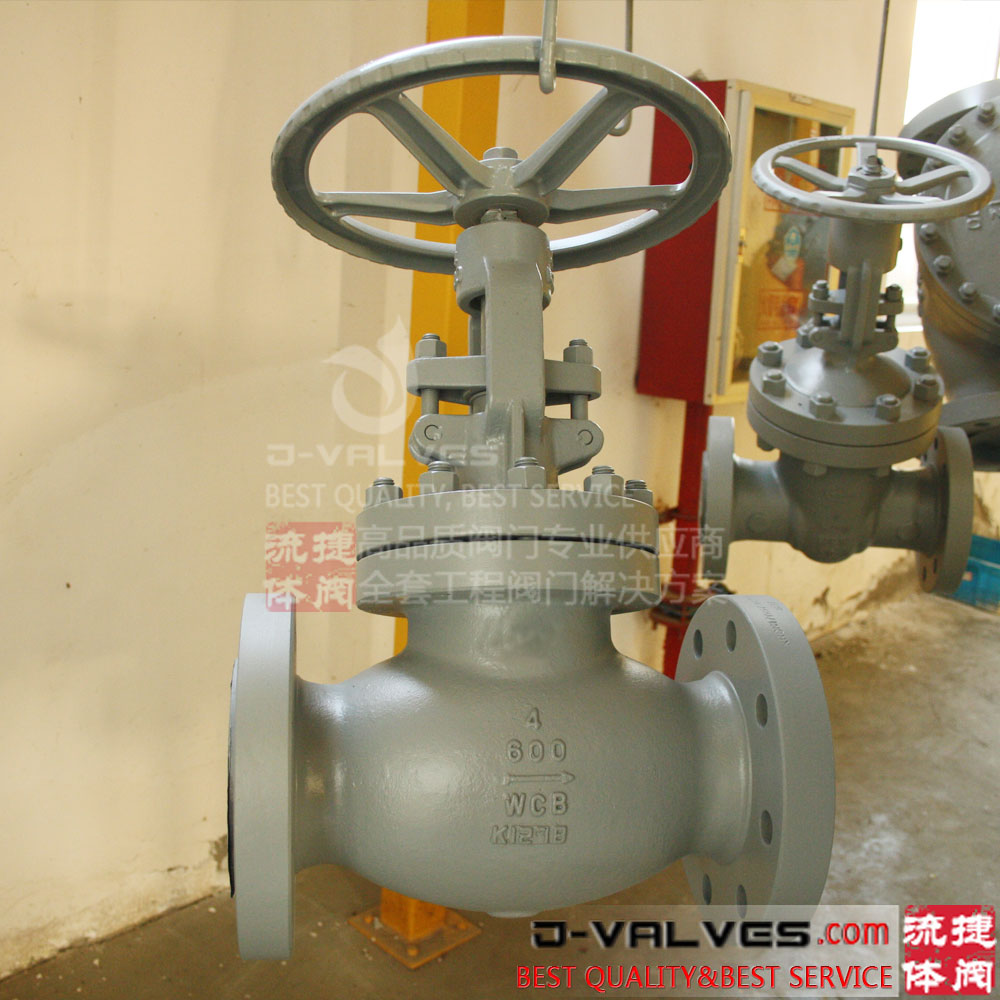Views: 0 Author: Site Editor Publish Time: 2024-05-04 Origin: Site









In the world of fluid control and regulation, two prominent types of valves often come into discussion: the globe valve and the gate valve. Both play crucial roles in managing the flow of liquids, gases, and vapors in various industrial applications. However, despite their shared goal, these valves exhibit distinct differences in design, operation, and suitability for specific tasks. This article delves into the core aspects that set globe valves apart from gate valves, offering insights into their unique features and applications.
The globe valve is easily recognized by its bulbous shape, a design that inherently offers superior sealing capabilities. The key components of a globe valve include a movable disk-type element and a stationary ring seat in a generally spherical body. The disk moves perpendicularly to the seat, allowing precise control over flow rate. This design facilitates not only flow regulation but also the ability to stop and start the flow efficiently.
In contrast, the gate valve features a flat gate or wedge that slides vertically to control the flow. Its design is simpler and more straightforward, primarily intended for on/off control rather than flow regulation. Gate valves have a characteristic elongated body that accommodates the vertical movement of the gate, making them suitable for applications where space along the pipeline axis is not a limiting factor.
Globe valves are celebrated for their precision in regulating flow, making them ideal for applications that require accurate flow control and throttling. The design of the globe valve allows for minimal leakage when in the closed position, offering excellent sealing performance. However, this precision comes at a cost of higher pressure drop across the valve, due to the tortuous path the fluid must navigate through the valve body.
On the other hand, gate valves are preferred for applications where fluid flow needs to be either completely stopped or allowed to pass unrestrictedly. They are designed to minimize resistance when open, providing a nearly straight path for the fluid to flow through. This characteristic makes gate valves more suitable for tasks where flow regulation is not critical but minimal pressure drop is desired. However, they are not designed for partial flow situations and can suffer from wear if used as throttles.
Globe valves find their niche in applications where flow needs to be precisely controlled or regulated. Their ability to adjust flow rates accurately makes them invaluable in systems requiring fine operational tuning, such as HVAC systems, fuel oil systems, and certain chemical processing operations. The globe valve's design also allows it to function effectively in both high-pressure and high-temperature environments, enhancing its versatility across various industrial sectors.
Conversely, gate valves shine in applications that demand unobstructed flow or complete shutoff. They are commonly used in water and wastewater treatment plants, oil and gas pipelines, and other large-scale industrial settings where flow must be either completely halted or allowed to proceed without restriction. The simplicity and reliability of gate valves make them a favored choice for these scenarios, although they are less suitable for situations requiring frequent operation or flow adjustment.
While both globe valves and gate valves serve the critical function of controlling fluid flow within pipelines, their differences in design, operation, and application suitability highlight the importance of selecting the right valve type for specific needs. Globe valves offer precise flow control and excellent sealing capabilities, making them ideal for applications requiring accurate flow regulation. Gate valves, with their straightforward design and minimal pressure drop characteristics, are better suited for on/off control in systems where fluid flow does not require constant adjustment. Understanding these distinctions ensures that engineers and technicians can make informed decisions when choosing between globe valves and gate valves for their projects.